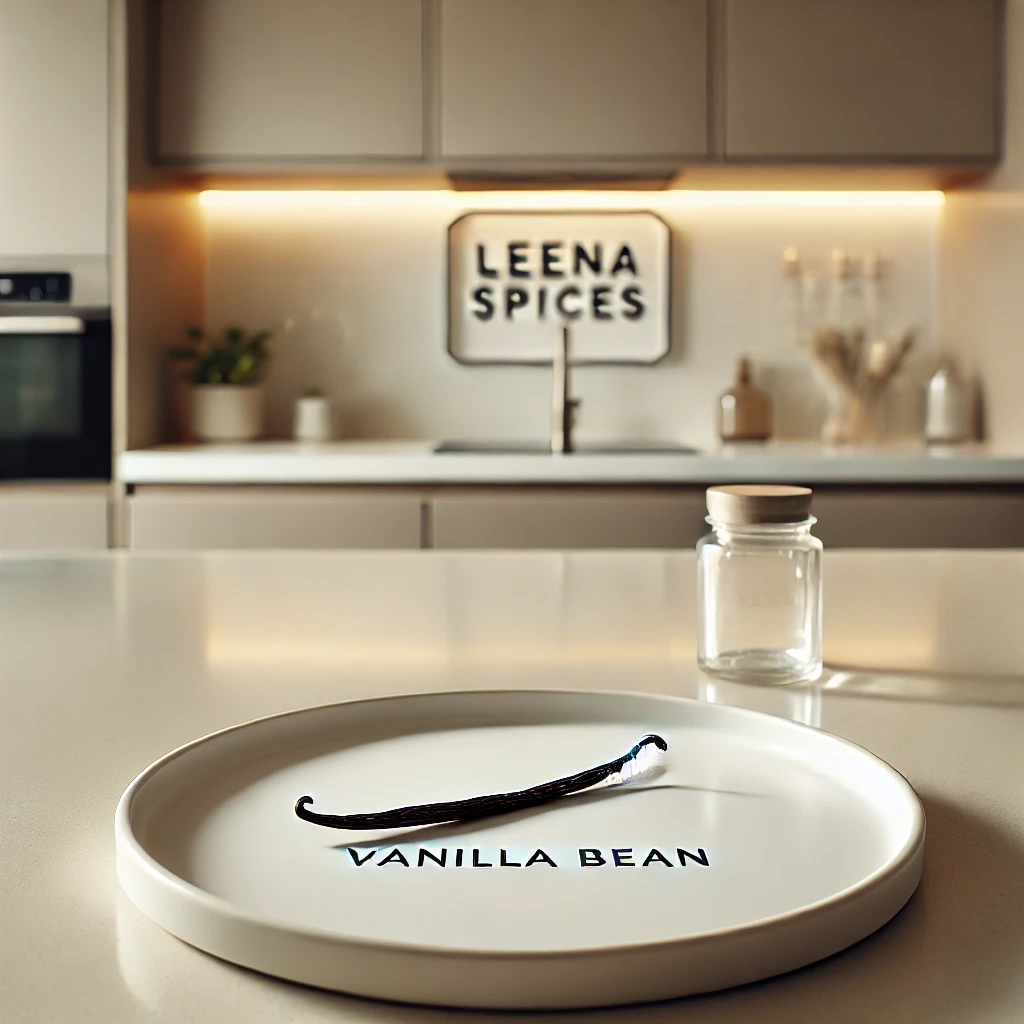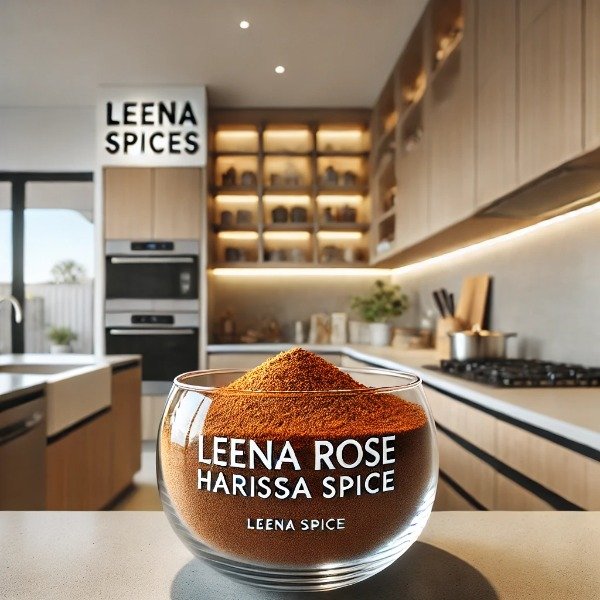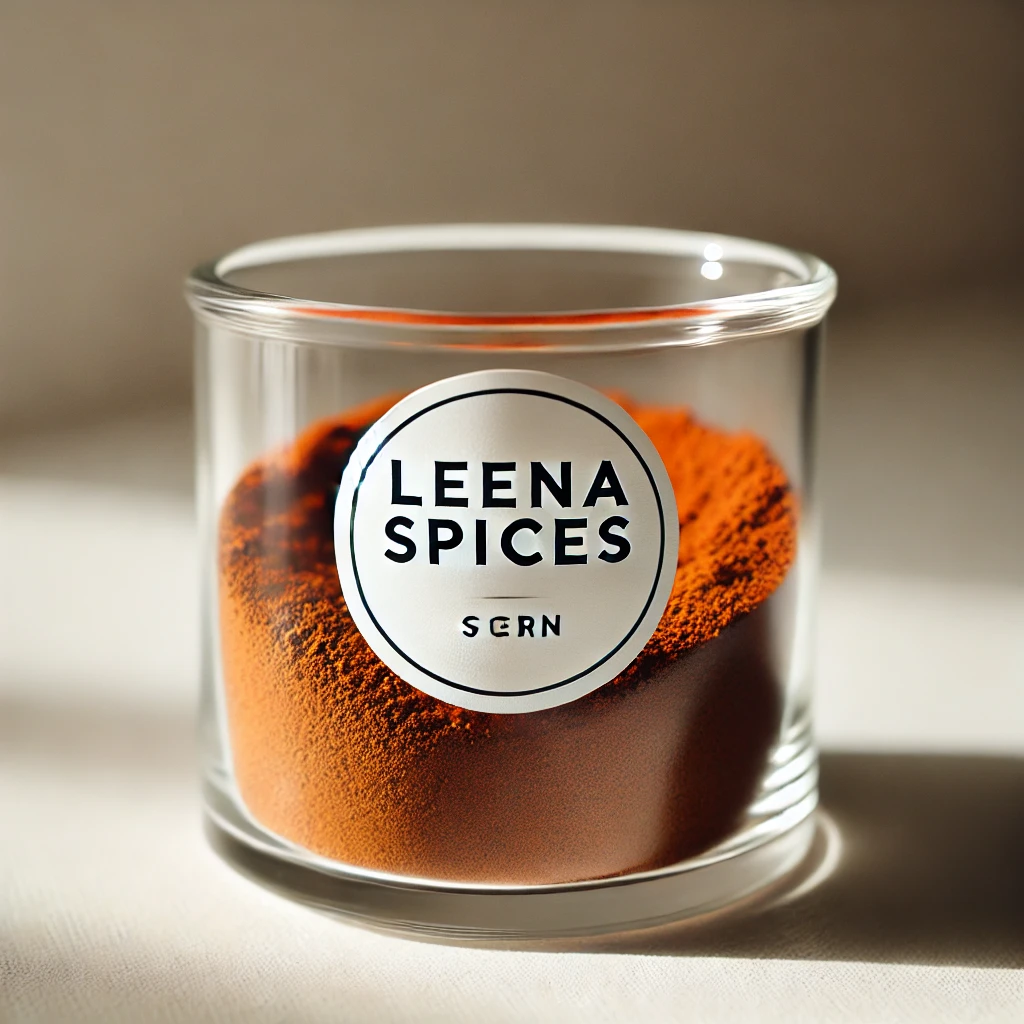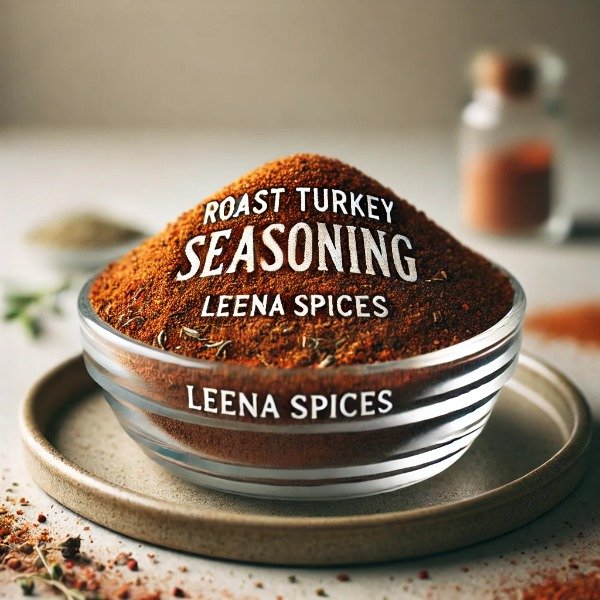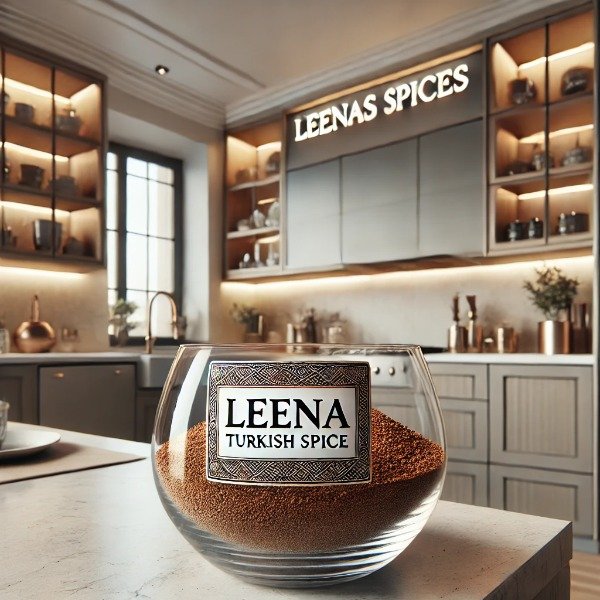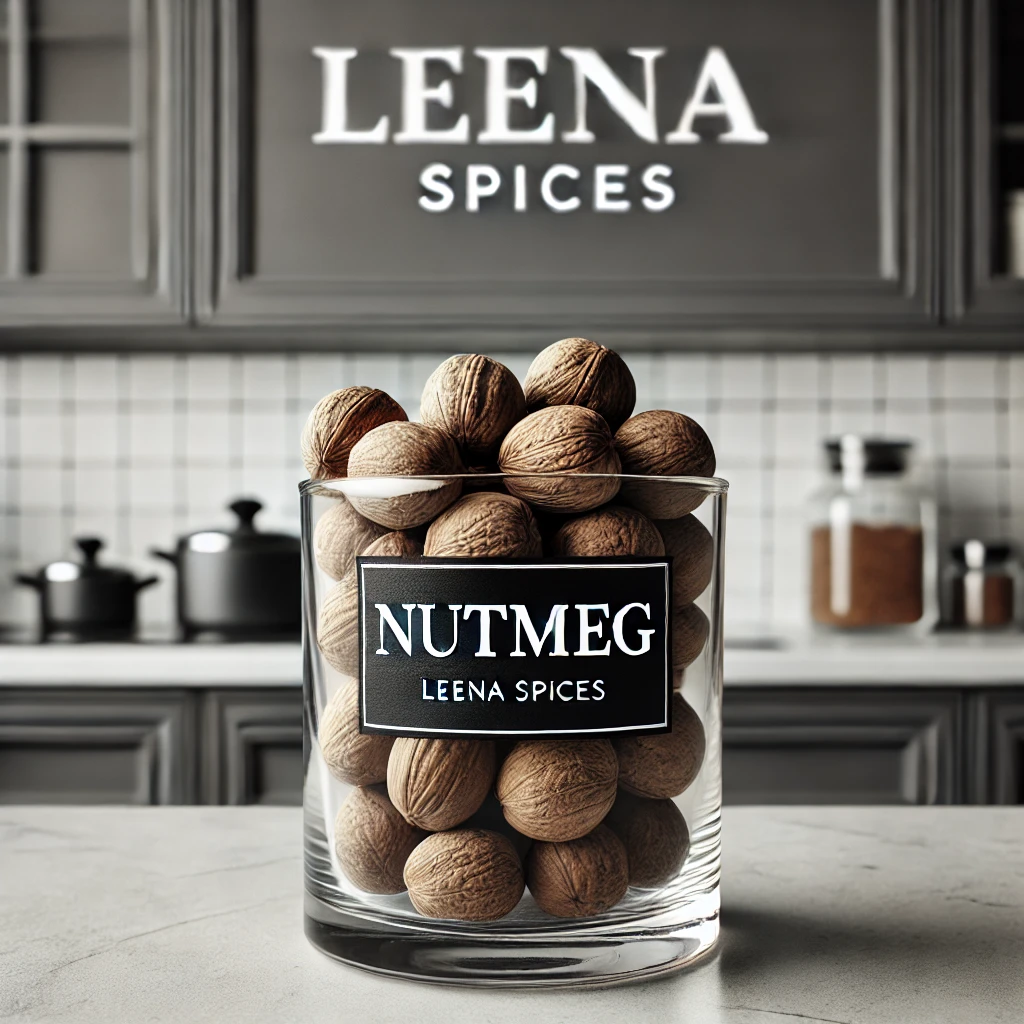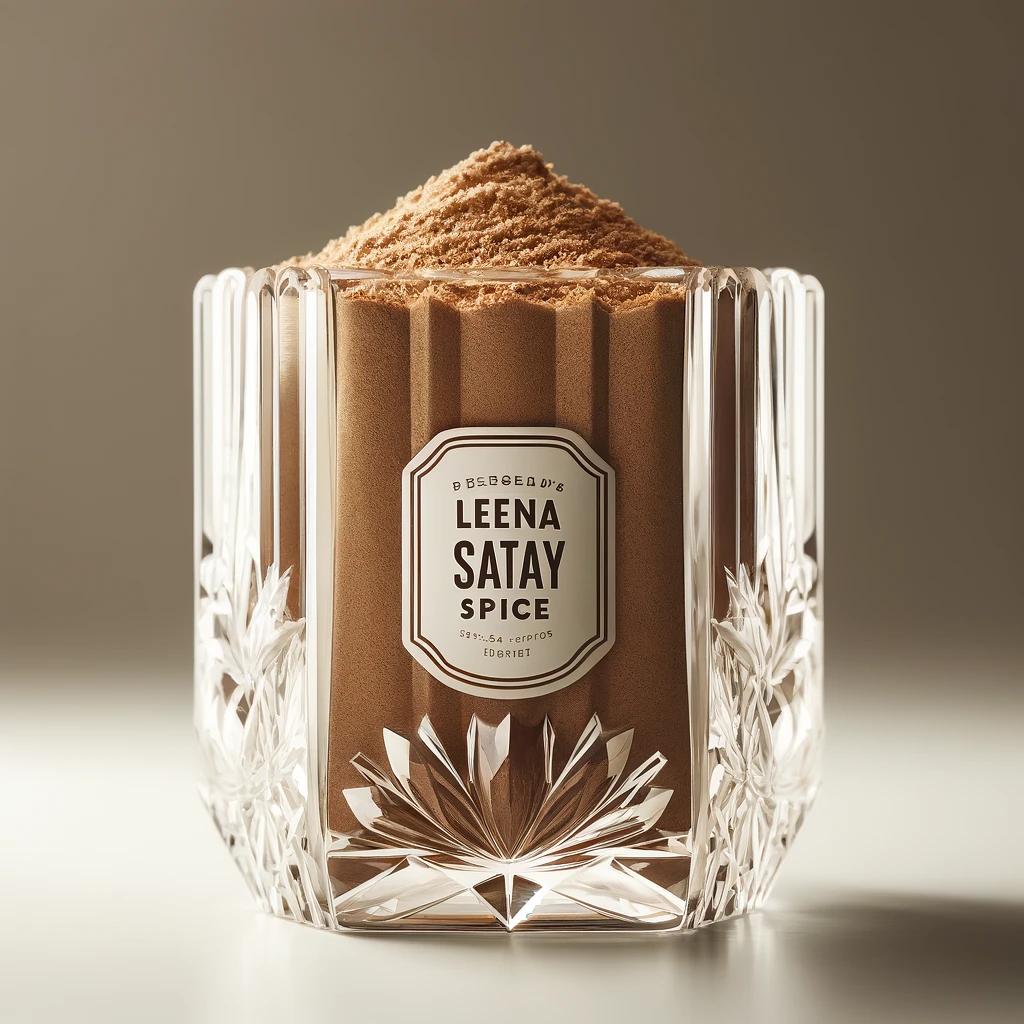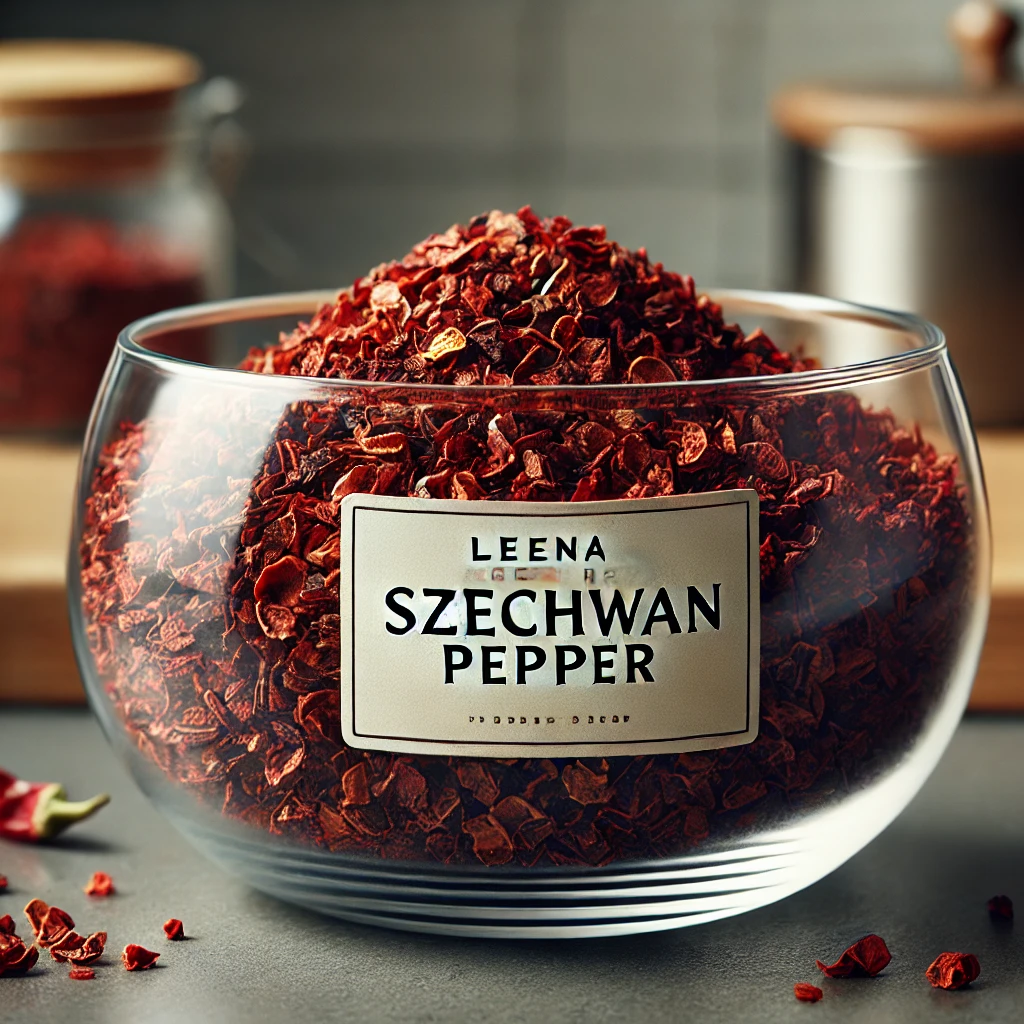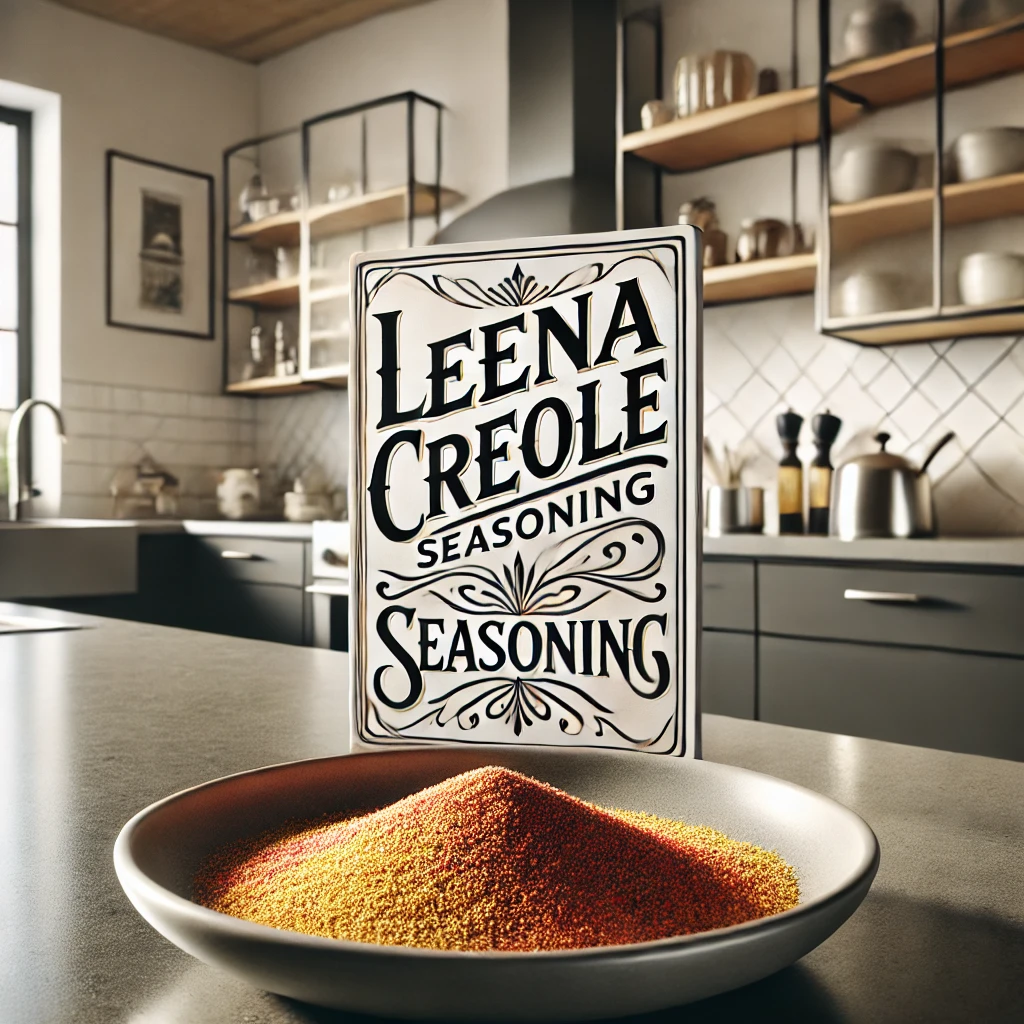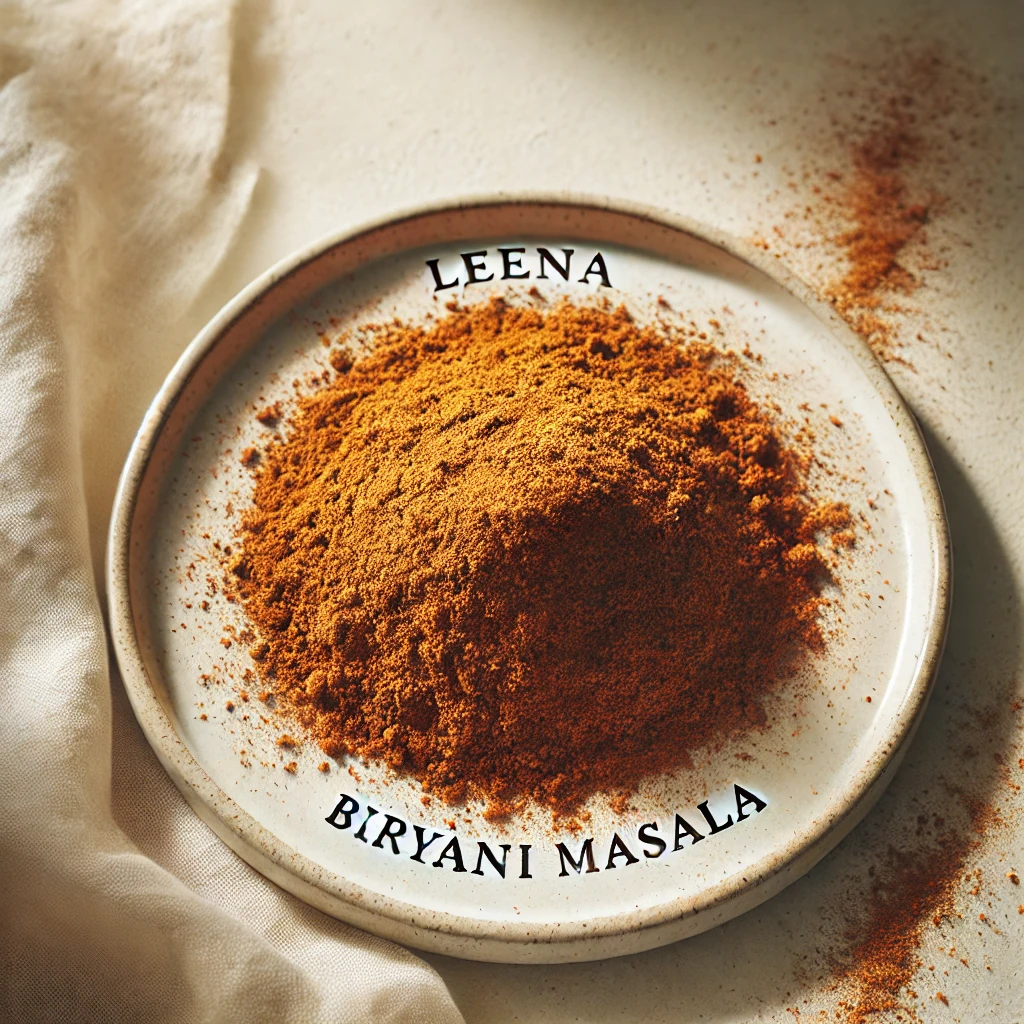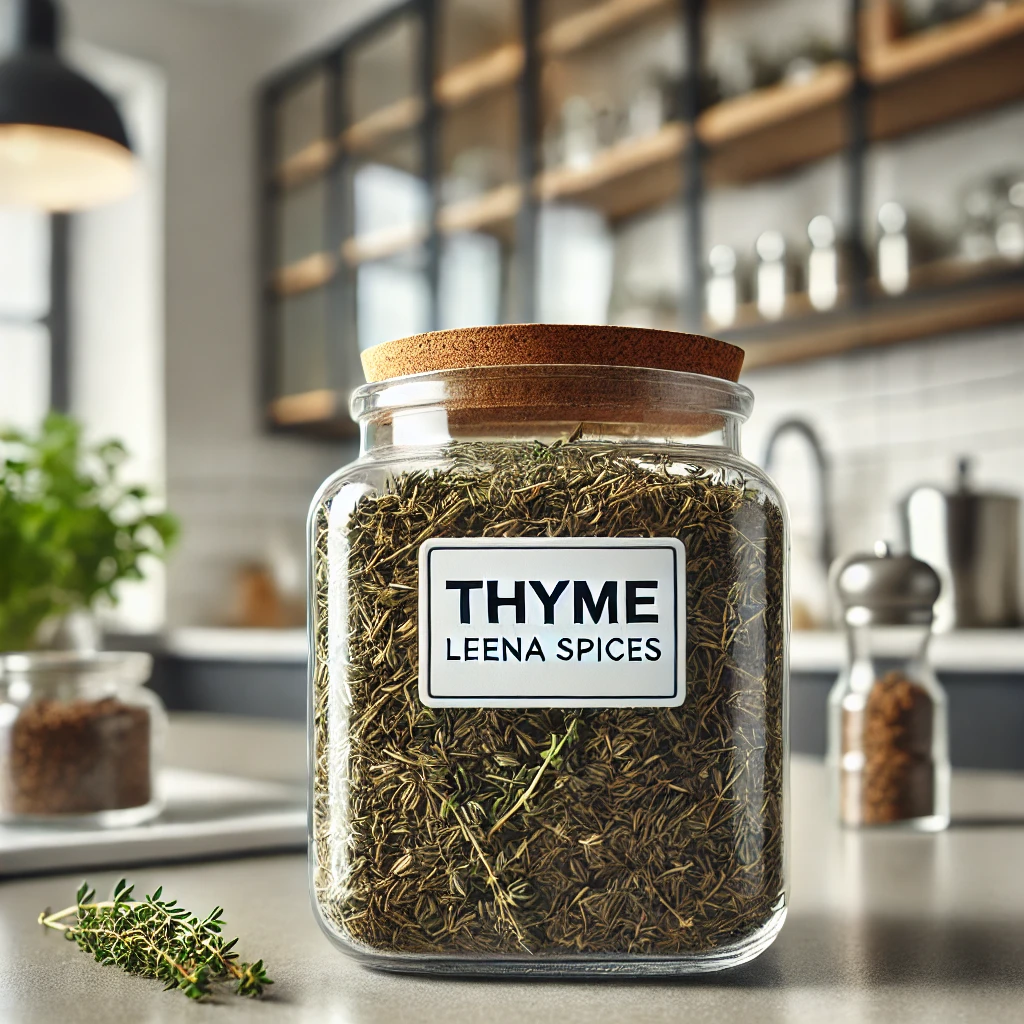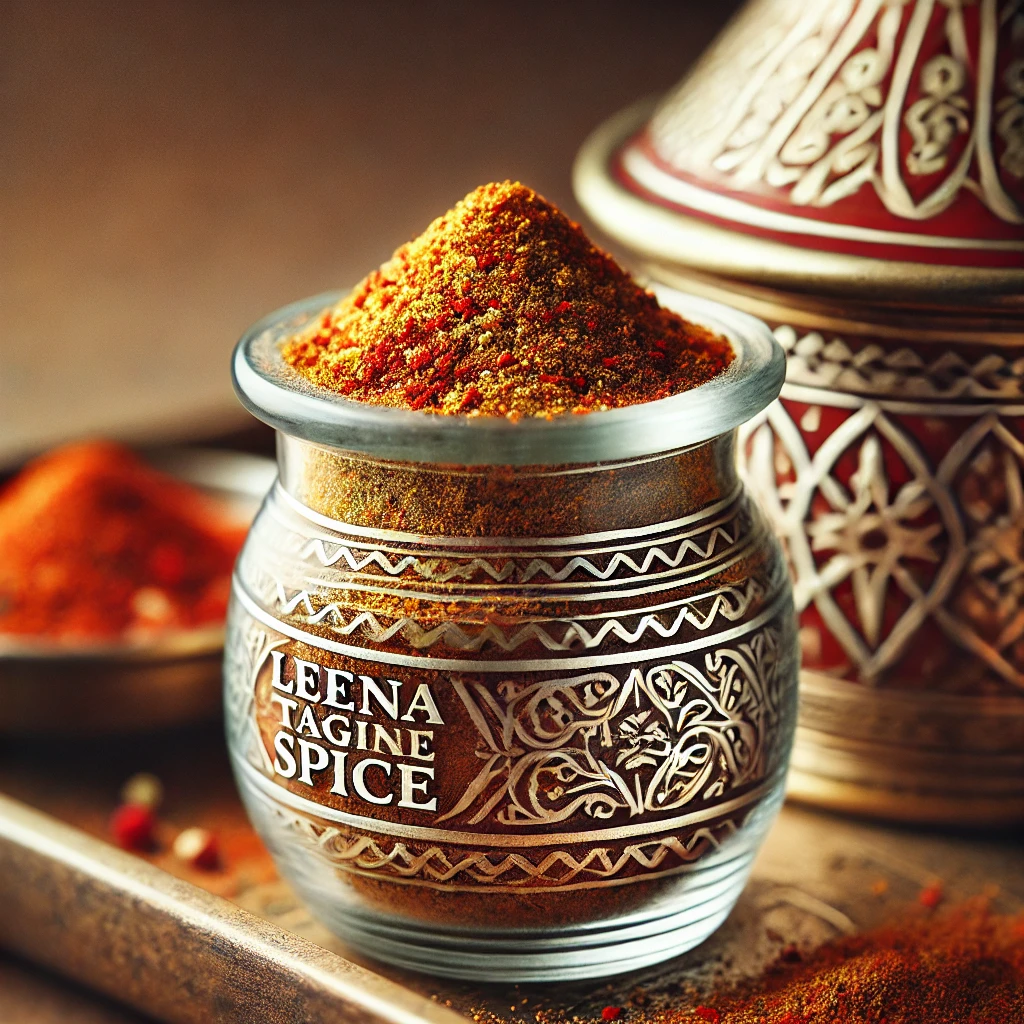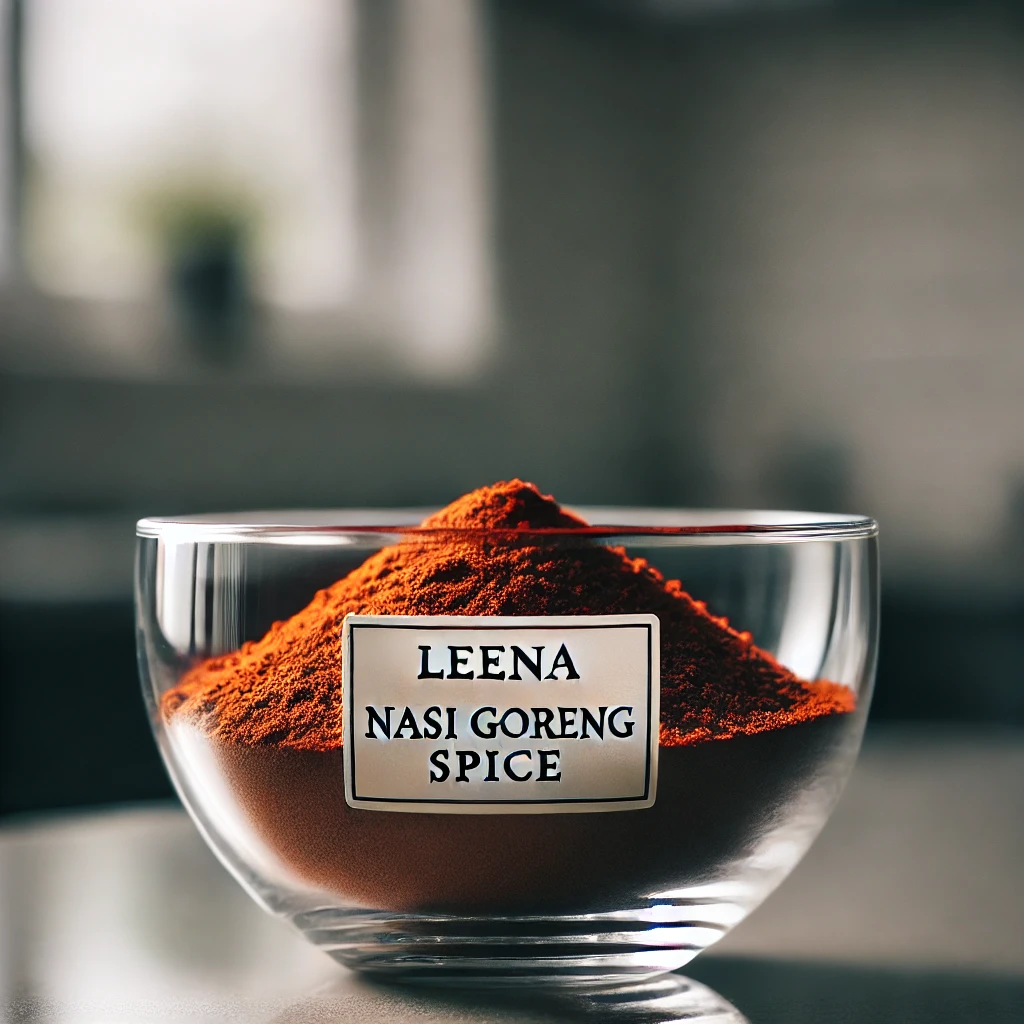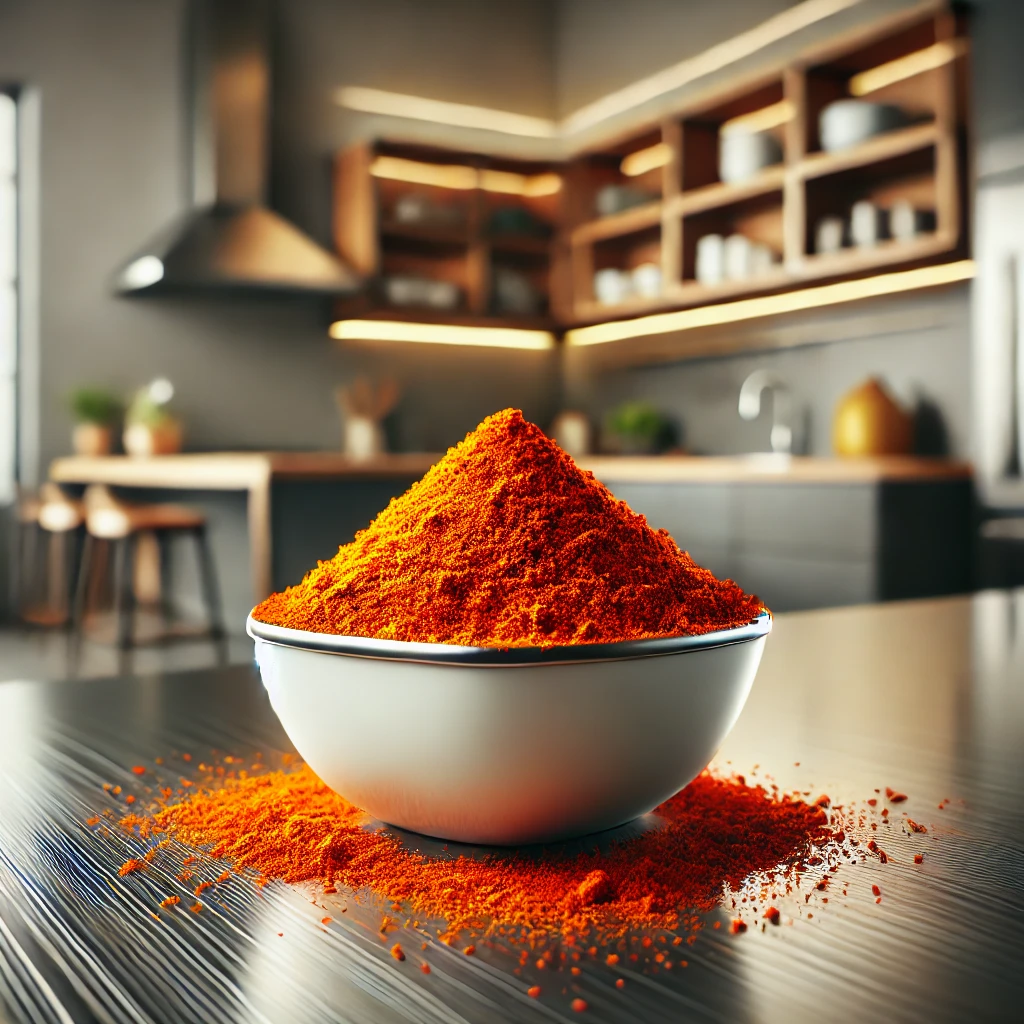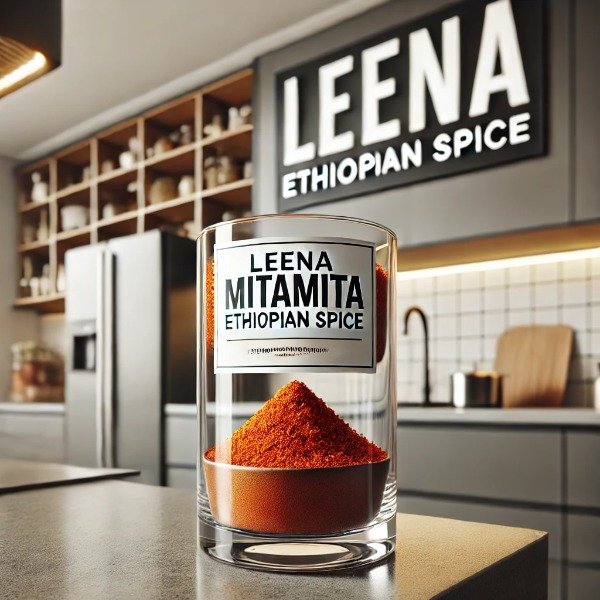How to Make Tandoori Masala at Home With 1 Easy Chicken Recipe
Table of Contents
- Introduction
- Key Takeaways
- Tandoori Chicken recipe
- What is Tandoori Masala
- What Does Tandoori Masala Taste Like
- Can You Make Tandoori Masala at Home
- What Are the Key Ingredients in Tandoori Masala
- How Do I Make Homemade Tandoori Masala
- Tandoori Chicken Recipe
- What’s the Best Way to Store Homemade Tandoori Masala?
- How Long Does Tandoori Masala Last?
- Frequently Asked Questions (FAQs)
- Final Word
Introduction
Tandoori Masala is one of the most iconic spice blends in Indian cuisine, instantly recognizable for its vibrant color, smoky aroma, and bold flavor. Traditionally used in dishes cooked in a clay oven known as a tandoor, this versatile blend has become a kitchen favorite worldwide. From the famous Tandoori Chicken to grilled vegetables, paneer, or even seafood, Tandoori Masala adds warmth, tanginess, and depth that transform simple ingredients into restaurant-style dishes.
Key Takeaways
What is Tandoori Masala?
A traditional North Indian spice blend used to marinate and flavor meats, vegetables, paneer, and seafood, especially in tandoor cooking.
What does Tandoori Masala taste like?
It has a complex flavor—smoky, earthy, tangy, mildly spicy, and aromatic with subtle sweetness and warmth.
Can you make Tandoori Masala at home?
Yes, by blending roasted whole spices with ground spices such as paprika, turmeric, garlic, ginger, and amchur powder.
What are the key ingredients?
Coriander, cumin, smoked paprika, chili powder, turmeric, garlic, ginger, cloves, cinnamon, fenugreek leaves, mustard seeds, and optional herbs like mint or cilantro.
How do you make it from scratch?
Dry-roast whole spices, cool, grind into powder, then mix with ground spices to create a fine, aromatic blend.
How should you store Tandoori Masala?
Keep it in an airtight container in a cool, dry, dark place. Use a clean, dry spoon, and optionally refrigerate or freeze for extended freshness.
How long does it last?
Homemade dry blend: 3–6 months (up to 1 year if frozen). Homemade paste: 3–4 months in the fridge. Store-bought: 2–3 years unopened.
How is it used in cooking?
Primarily as a marinade for Tandoori Chicken, kebabs, or paneer. Also used to flavor vegetables, fish, tofu, or even stir-fries for smoky, tangy depth.
Tandoori Chicken Recipe
Tandoori Chicken Recipe
Tandoori Chicken is one of the most popular dishes made with Tandoori Masala. This recipe brings out its smoky, tangy, and aromatic flavors, whether cooked in the oven, on a grill, or in a traditional tandoor.
Ingredients
- 1 whole chicken (cut into pieces if preferred)
- ⅓ cup unsweetened yogurt
- 1 tsp olive oil
- 1 tsp lemon juice
- 1–2 tsp Tandoori Masala (adjust to taste)
- Salt and pepper to taste
Method
- Preheat the oven: Set to 180°C (350°F) on the grill setting.
- Prepare the marinade: In a bowl, combine yogurt, Tandoori Masala, olive oil, lemon juice, salt, and pepper. Mix until smooth.
- Marinate the chicken: Add the chicken pieces to the bowl, coating them evenly with the marinade. Cover and let marinate for at least 30 minutes (longer, up to overnight, gives deeper flavor).
- Cook the chicken: Place the marinated chicken on a roasting tray and bake for 40–50 minutes, until tender and fully cooked.
- Serve: Garnish with lemon wedges and enjoy with naan, pita, steamed rice, or a fresh salad.
Alternative Cooking Options
- BBQ or charcoal grill: Adds extra smokiness and char.
- Traditional tandoor: Produces the most authentic flavor and texture.
Extra Tip
Tandoori Masala isn’t just for chicken. You can use the same marinade for lamb, fish, prawns, paneer, tofu, or vegetables for a delicious variation.

What is Tandoori Masala?
What Does Tandoori Masala Taste Like?
Tandoori Masala has a complex and layered flavor profile that makes it stand out in Indian cooking. It is aromatic, savory, and slightly smoky, with a warmth that comes from spices like cumin, coriander, and Paprika. Unlike chili-heavy blends, it is not overwhelmingly hot, but it does carry a gentle, peppery heat.
The flavor combines earthy and tangy notes with subtle hints of sweetness from spices such as cinnamon or fenugreek, creating a balanced taste. When cooked in a traditional tandoor or over a grill, the masala develops a distinct smoky depth that gives dishes their signature bold and vibrant character.
In short, Tandoori Masala tastes warm, earthy, and aromatic, with just the right balance of savory, mildly spicy, tangy, and smoky flavors, perfect for enhancing meats, vegetables, or paneer with a rich, restaurant-style finish.
Can You Make Tandoori Masala at Home?
Yes, you can easily make Tandoori Masala at home using a blend of common Indian spices. Most recipes begin by dry-roasting whole spices such as cumin, coriander, and cloves to bring out their natural oils and deepen their flavor. Once cooled, these are ground into a fine powder and combined with other ingredients like chili powder, turmeric, garlic, and ginger.
Homemade Tandoori Masala is not only fresh and aromatic but also customizable. You can adjust the heat, smokiness, or tanginess to match your taste. Beyond marinades, this versatile blend can be used as a seasoning for curries, roasted vegetables, or even sprinkled lightly over snacks for an instant flavor boost.
What Are the Key Ingredients in Tandoori Masala?
Tandoori Masala is made from a carefully balanced mix of spices that bring together warmth, smokiness, tanginess, and aromatic depth. While recipes can vary by region or household, a typical blend includes the following key ingredients:
- Coriander (20g): Provides a citrusy, earthy base.
- Cumin (15g): Adds warmth and nutty depth.
- Paprika, smoked (39g): Contributes vibrant red color and a mild smokiness.
- Mango powder (amchur) (9g): Lends tangy brightness.
- Garlic powder (3g): Adds savory sharpness.
- Ginger powder (3g): Balances heat with warmth and zest.
- Caraway seeds (2g): Impart a slightly sweet, earthy flavor.
- Cloves (2g): Add pungent, aromatic intensity.
- Cinnamon (2g): Gives subtle sweetness and warmth.
- Fenugreek leaves (2g): Contribute a mildly bitter, nutty note.
- Cilantro/dried coriander leaf (1g): Adds fresh herbal tones.
- Mint (1g): Enhances freshness and lightness.
- Mustard seeds (1g): Provide sharp, peppery undertones.
How Do I Make Homemade Tandoori Masala Spice Blend From Scratch?
How to Make Homemade Tandoori Masala from Scratch
Making Tandoori Masala at home allows you to enjoy a fresher, more aromatic blend that you can customize to your taste. Here’s a simple method:
Step 1: Toast the whole spices
In a dry pan over low–medium heat, lightly toast whole spices. Stir frequently for about 1–2 minutes until they release a fragrant aroma. Take care not to burn them.
Step 2: Cool the spices
Transfer the toasted spices to a plate and let them cool completely before grinding.
Step 3: Grind into powder
Using a spice grinder or high-powered blender, grind the cooled whole spices into a fine powder.
Step 4: Add ground spices
Mix in pre-ground spices such as paprika (for color and mild sweetness), Kashmiri chili powder (for vibrant red hue and gentle heat), turmeric, amchur (dry mango powder) for tanginess, garlic powder, ginger powder, and a touch of garam masala for extra depth.
Step 5: Store properly
Combine everything well and store in a clean, airtight container in a cool, dark place. The blend will keep its flavor for up to 6 months.
Tip: Adjust the amount of chili and paprika to control the level of heat and the intensity of color.
Related Posts You May Like
Birth Masala Secrets: Traditional Postpartum Spice Blend for Recovery, Lactation & Immunity
10 Flavor-Packed Tips of Using Butter Chicken Spice Blend at Home
7 Best Ways to Use Mumbai Spice
5 Best Ways to Avoid Harmful Additives in Spices
The Ultimate Guide to Garam Masala: How to Use, Make, and Benefit from This Indian Spice Blend
What’s the Best Way to Store Homemade Tandoori Masala?
To preserve the freshness and flavor of homemade Tandoori Masala, proper storage is essential:
- Use an airtight container: A clean glass jar with a tight-fitting lid works best.
- Keep it cool, dry, and dark: Store in a pantry or cupboard away from heat, humidity, and direct sunlight.
- Handle with care: Always use a clean, dry spoon to scoop out the masala to prevent moisture or contamination.
- Label and track freshness: Homemade blends generally stay fresh for 3–6 months. Mark the container with the date you made it.
- For extended storage: Refrigerate or freeze the blend in small, airtight portions. Properly sealed, it can last up to a year without losing much of its potency.
By storing it correctly, you’ll maintain the bold, smoky, and aromatic flavors that make Tandoori Masala so distinctive.
How Long Does Tandoori Masala Last?
The shelf life of Tandoori Masala depends on whether it’s homemade or store-bought and how it’s stored:
- Homemade Tandoori Masala (dry blend): Best used within 1–3 months for peak flavor. With proper storage in an airtight container kept in a cool, dark place, it can last up to 6 months.
- Homemade Tandoori Masala paste: When mixed with yogurt, oil, or other wet ingredients, it should be refrigerated and used within 3–4 months.
- Store-bought blends: Unopened, they typically last 2–3 years. Once opened, they are best within the first 12 months, though safe to use beyond that if stored properly.
Tip: To check freshness, rely on your senses. If the masala still has a strong aroma, vibrant color, and bold flavor, it’s good to use. If the scent is faint and the color dull, it has likely lost its potency.
Frequently Asked Questions (FAQs)
Can Tandoori Masala be made without a tandoor?
Absolutely. While traditional tandoor cooking adds a smoky flavor, you can achieve similar results using an oven, grill, or stovetop pan. Adding smoked paprika can help mimic the signature tandoor smokiness.
Is Tandoori Masala very spicy?
Not necessarily. It has a mild to moderate heat, which can be adjusted by controlling the amount of chili powder or paprika in your blend.
Can I use Tandoori Masala on vegetables or paneer?
Yes, it works wonderfully with paneer, tofu, vegetables, and even seafood, giving them a smoky, aromatic, and tangy flavor similar to traditional tandoori dishes.
How do I know if my Tandoori Masala is still fresh?
Check its aroma, color, and taste. A strong fragrance and vibrant red-orange hue indicate freshness, while a faint smell or dull color suggests it has lost potency.
Can I make Tandoori Masala in bulk and store it?
Yes. Homemade dry blends can be stored in airtight containers for 3–6 months at room temperature or up to a year if frozen. Avoid moisture to maintain flavor.
Can I adjust Tandoori Masala for dietary preferences?
Certainly. You can reduce salt, skip added oils, or modify the spice levels to suit your taste or dietary needs without compromising flavor.
Is Tandoori Masala only for Indian dishes?
While it’s rooted in Indian cuisine, Tandoori Masala can enhance global dishes such as grilled meats, roasted vegetables, sandwiches, and marinades, offering a bold, aromatic flavor.
Final Word
Tandoori Masala is not only a spice blend but the heart of many iconic Indian dishes, delivering smoky, tangy, and aromatic flavors that elevate meats, paneer, vegetables, and even seafood. Whether you buy it ready-made or craft your own at home, understanding its key ingredients, taste profile, and proper storage ensures maximum freshness and flavor in every dish.
By mastering Tandoori Masala, you can easily recreate restaurant-quality Tandoori Chicken, kebabs, grilled vegetables, or tofu in your own kitchen. Its versatility makes it a must-have in any spice collection, transforming everyday meals into vibrant, flavorful experiences.
Embrace this essential Indian spice blend, experiment with your favorite recipes, and discover how Tandoori Masala can bring depth, color, and warmth to every meal you prepare.



